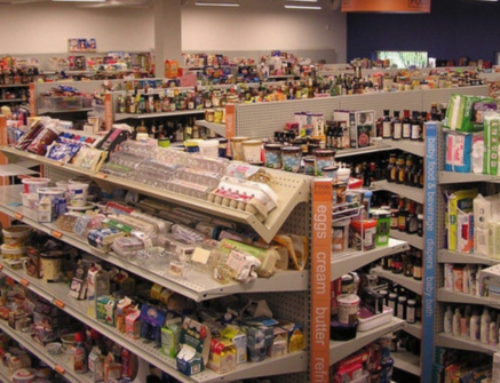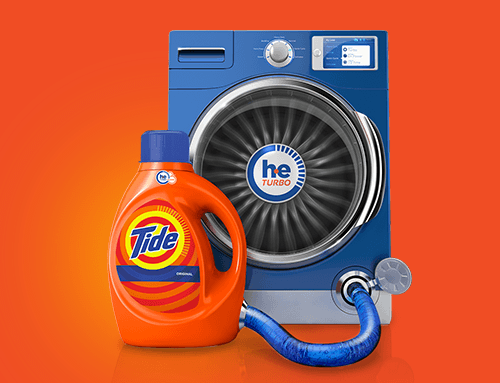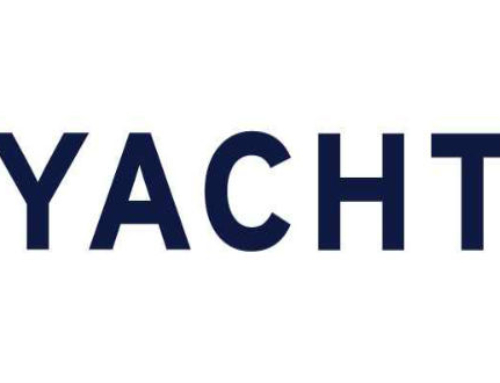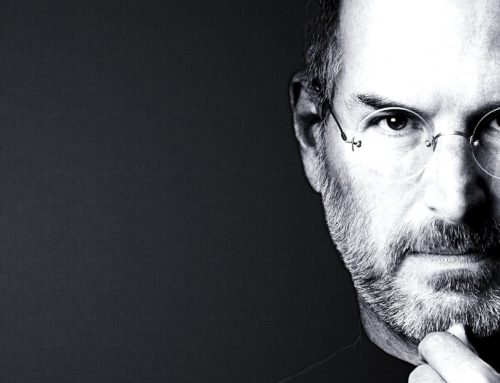At the end of the 1980’s a number of brewers were developing alcohol free and low alcohol (or ‘light’) beers. Despite his initial reservations Freddy Heineken decided to develop a light beer – with the goal of capturing a significant share of this market both in the Netherlands and abroad.
Průběh akce:
Heineken launched their low alcohol beer (0.5%) in the summer of 1988. The Dutch brewer deliberately opted for a low alcohol beer rather than an alcohol free beer, fearing that consumers would not take to a beer in which there was no alcohol. The beer was branded ‘Buckler’, which was considered a ‘strong’ brand name, and the name Heineken was left from the label.
Výsledek:
Zpočátku byl Buckler úspěšný a získal významný podíl na trhu lehkých piv v Nizozemsku i na mezinárodní úrovni.. nicméně, 5 let po svém spuštění, Heineken stáhl Buckler z nizozemského trhu.
Nizozemský kabaretiér Yoep van ‘t Hek se nemilosrdně „posmíval“ pijákům piva Buckler na svém 1989 Silvestrovská show:
„Opravdu nemůžu vystát ty pijáky Bucklera. Všichni znáte Bucklera, je to „reformované“ pivo. Všichni ti 40letí kluci, kteří stojí vedle vás a cinkají klíčky od auta. Jdi do pekla! Jsem tady a piju pivo, abych se opila. Ztraťte se – jděte a vypijte svůj Buckler do kostela. Nebo nepijte, piják BUCKLER.”
Dopad byl pro pivo s nízkým obsahem alkoholu katastrofální.
Navíc, Heineken také podcenil dopad konkurenčního Bavorska – Bavaria Malt had obtained the exclusive rights for light beers in Saudi-Arabia during the first Gulf War.
v 1991 Heineken attempted to reanimate Buckler by reducing the alcohol content further, but it was already too late. Neither could a television advertising campaign featuring a sexy woman in a tiger outfit or the sponsorship of a cycle team reverse Buckler’s fortunes.
Lekce:
Although Buckler is no longer available in the Netherlands, it is still a big success in the rest of Europe. Heineken has since re-entered the market for light beers in the Netherlands with a product under the Amstel label – a brand that is considered strong enough to withstand any unforeseen ‘mockery’.
The factors that effectively destroyed Buckler’s reputation in the Dutch market were largely outside of Heineken’s control. nicméně, should a company incur ‘brand’ damage as a result of their own errors then it is useful to remember the following rules: (1) communicate honestly (with the press); (2) be transparent; (3) don’t hide your weak ‘spots’, and above all; (4) admit that you made mistakes (to draw lessons for the future).
Jablko, například, followed these rules impeccably when a bug in the iPod Nano was highlighted by a number of influential bloggers: they immediately admitted the error and promised to repair this free of charge. As a result, the brand became even more popular with consumers.
Dále:
Zdroje zahrnují: Elsevier, 23 Smět 2005, rázová vlna, p. 105.
Publikováno:
Redakční IvBM
DALŠÍ SKVĚLÉ PORUCHY
Nanuk
Průběh akce: v 1905 11letý Frank Epperson se rozhodl uvařit si dobrý nápoj, aby zahnal svou žízeň... Opatrně smíchal vodu se sodou (který byl v těch populární [...]
Norská Linie Aquavit
Průběh akce: Koncept Linie Aquavit vznikl náhodou v roce 1800. Aquavit (vyslovováno 'AH-keh'veet' a někdy hláskováno "akvavit") je likér na bázi brambor, ochucené kmínem. Jørgen Lysholm vlastnil lihovar Aquavit v [...]
Vizualizujte si selhání
Průběh akce: Záměrem bylo udělat pádlo dolů Grand Canyonem. Dobrovolně jděte jako první. Začíná pádlovat asi třicet stop proti proudu od velké vlny. Výsledek: The boat [...]









